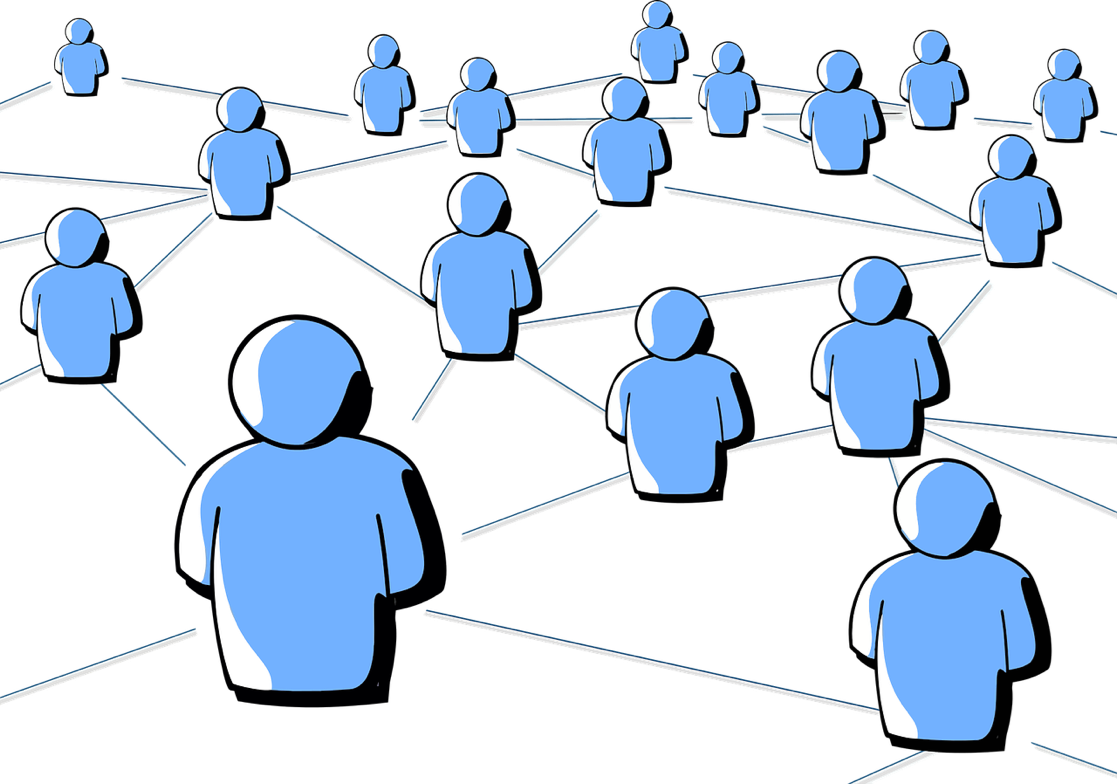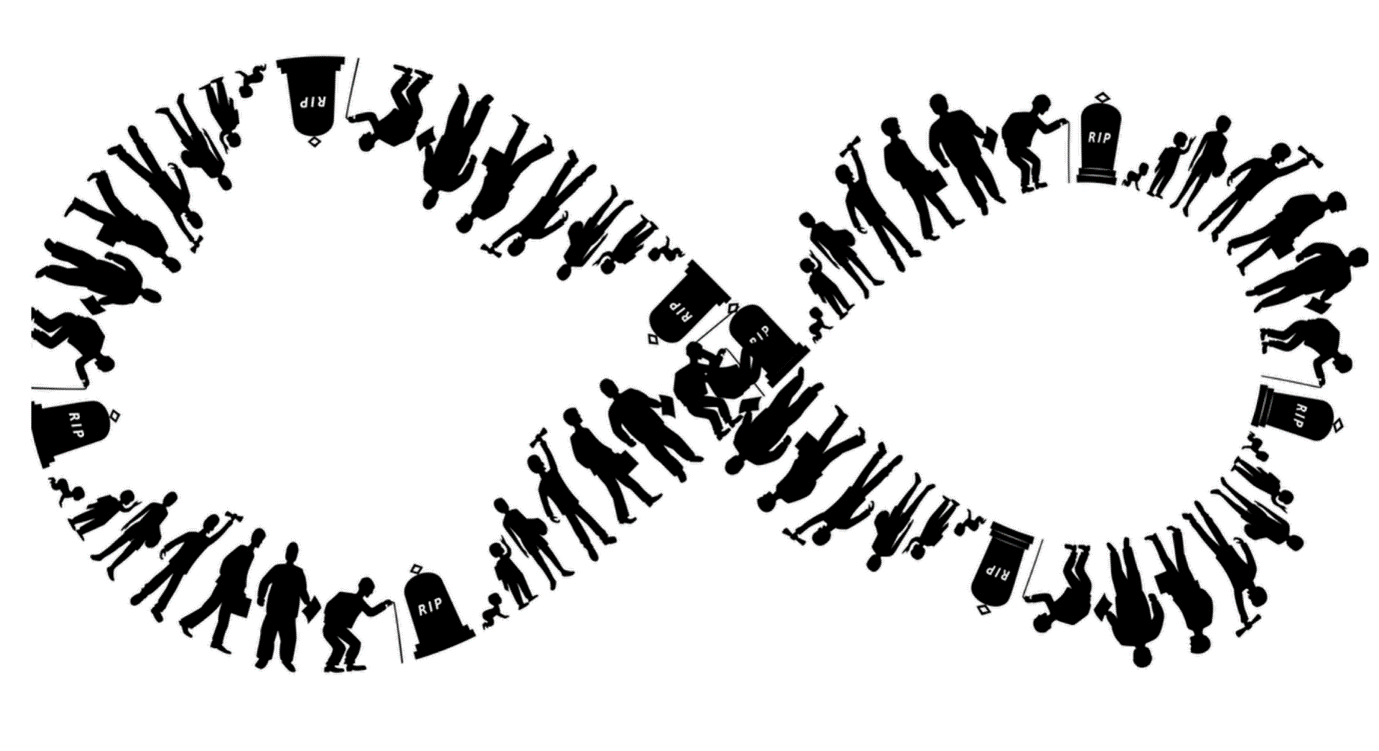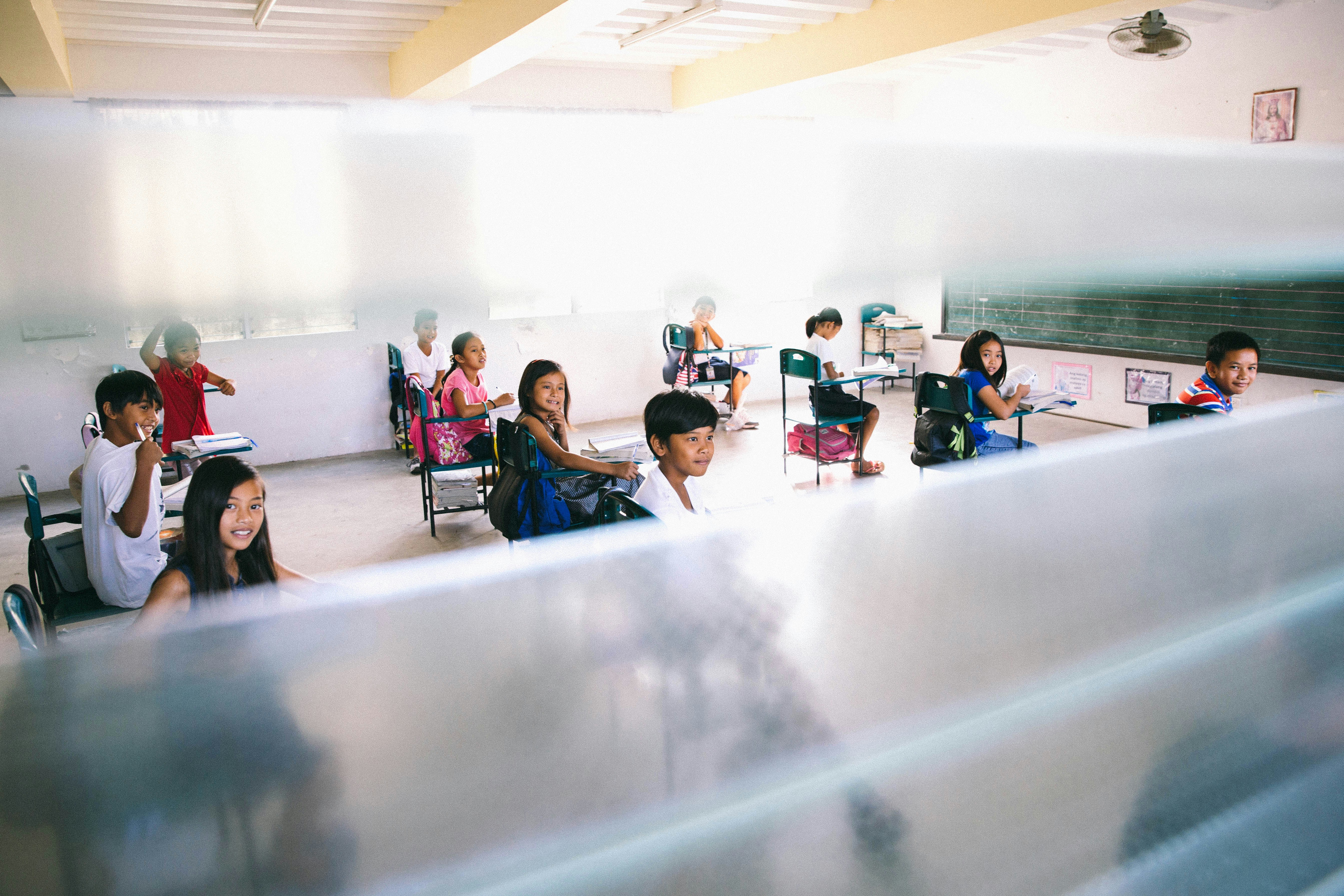If we teach them well, then surely, they can in turn - lead the way. However, do our education systems provide enough space and support for students to develop effective communication skills to help them voice the change they want to see in the world? Is education future-ready in the sense that all are prepared for the vast communicative expectations they will experience in life as they grow older and enter the world of work? The ability to communicate authentically and clearly, really could be ‘the greatest love of all’ for future generations to come.
In this paper, we will discuss how communication can develop over the stages of one’s life before delving into why communication impacts everyone who moves to the world of work, including those who lead others. We will suggest ways for you to reflect on communication within the parameters of your own life

The United Nations annually celebrates ‘International Youth Day’ on August 12th. Interestingly, the theme this year is Intergenerational Solidarity: Creating a World for All Ages. By endeavoring to create successful and equitable intergenerational connections, partnerships, and relationships, no one will be left behind in a global society. Learning from lived experience whilst hearing ideas and solutions from the youth of today, could be a collaborative process in solving world problems and make for a brighter future ahead. When considering how to build more solid bridges between generations (whether it be in the global society, education system, or world of work), effective, varied communication will certainly be a well-used tool in the toolkit.
Communication Through Life…
Most of us come bursting into the world at birth with tiny wails, communicating that we have just been disrupted and that we have arrived. A lot more crying, alongside eye contact, smiling, frowning, leg kicking, cooing, and pointing tell us more about what a baby is experiencing and that they want to connect with us in some way.
Watching a room full of toddlers is a wonderful education of communication without sentences, as they point, laugh, move, observe, mimic, grab toys, or burst into tears. We have all seen a small child throw a tantrum - where they manage to communicate their feelings very clearly indeed!
As our language develops, we can begin to communicate to a greater extent with our parents, peers, and teachers during our early years as we advance into nursery and primary education. Often, young children will mimic the communication styles and mannerisms of the adults they spend time with. As they get older, children begin to recognise non-verbal cues from those around them, such as raised eyebrows from a parent if they decide to reach for an extra cookie after being told no more.
As learned lessons in communication increase over time, children mature into young adults and enter the world of secondary education, where they rely more heavily on their independence and knowledge of communication to navigate a time when many difficulties can be faced. Parents of teenagers would probably agree that keeping the lines of communication during this stage of their offspring’s life is paramount and not without struggles. Particularly in today’s society, where technology, online platforms, and communication avenues are expanding exponentially.
Students finish high school education and decide on a future pathway. Many go to further education at college or university first whilst others enter the world of work. Online influencing and remote work have often been on the radar of Gen Z (those born from 1995-2009), widening the future opportunities in terms of work. If you ask a child from Gen Alpha (all those born from 2010 to the present day) many of them say they would like to be a ‘YouTuber’ when they grow up. This is very telling about the ideas this generation is shaping about communicating their passions and thoughts to the world and how they will work.
Throughout our adult years, many of us experience a plethora of communication styles from the vast variety of people we meet in further education, in different countries, during social events, and in the world of work. Those who retire in their sixties and seventies often find communication lessens as they leave work, with their circle being reduced to close friends and family. Sadly, however, many elderly experience loneliness and isolation, particularly when a spouse dies. A Minister of Loneliness was appointed in Britain in 2*** to try and tackle the pandemic on loneliness.

As you’ve followed the journey through the stages of human life in this article so far, perhaps you have reflected on your stages. You will also be able to consider what communication looks like at each milestone as well as recognise how COVID-19 has impacted communication at every stage of human life.
Intergenerational solidarity and communication are more important now than ever within our global society as we learn from each other and prepare collectively for the communication of tomorrow, post-pandemic.
COVID’s Impact on Personal and Professional Communication
Many of our behaviours, verbal and non-verbal, are learned in the home from families and our upbringing. These are added to as we navigate through education, and develop a wider range of communicative styles and social behaviours. Much is learned from peers; preferences and decisions are made about what we think is the best way to communicate during constant streams of situations and conversations.
Communication is complex and multi-faceted, and now, seems more extensive than ever before. The workplace is often a learning curve when considering communication and adaptation to the style of others. After all, family shapes the majority of what we understand about communication, and friends are people we often choose due to effective communication and common interests. However, often in workplaces, colleagues are people who must communicate effectively in a professional context and for the greater good of the company but may not necessarily have similar social, cultural, or political views, for example.
Also, as people progress up the corporate ladder and become leaders, effective communication with staff is imperative if that leader wishes to encourage the best in the team. Very much like small children, employees either feel a sense of anxiety and fear or will rebel, against an authoritative, aggressive communication style exhibited by a superior.
Communication has been impacted massively by COVID-19 in both personal and professional arenas. Babies met their grandparents through glass windows and whole schools were moved online overnight. The world as we knew it turned upside down and new ways of communicating and learning had to be forged at high speed, across all generations. The elderly wrote handwritten shopping lists to stick in their windows and nursery children met their first teachers at home via a screen. Companies adapted and many worked from home. The ‘felt-sense’ of the company of others was taken away and humans were confined to boxes on screens. But somehow - we managed.
However, after the initial novelty of working at home in loungewear, many students, educators, the elderly, single people, and office workers began to feel isolated. Many lacked the sense of belonging a person may experience in the workplace alongside colleagues. The loneliness pandemic reared its ugly head throughout COVID-19 and for many, mental health difficulties arose. Workers struggled with the constant digital connectedness and lack of communication boundaries out with working hours.
Communication: Improving Personal and Professional Style
As we dust ourselves off and walk towards our new normal, communication has changed. But what have we learned and how can we make sure the new normal is inclusive of all generations and is effective for communicating tomorrow?
Here at Dr. Passion HQ, we are passionate about self-growth and feel like a personal and professional ‘audit’ of how we communicate, is a step in the right direction towards intergenerational solidarity and creating a world for all ages.
Personal
List all the ways you communicate with friends and family. Consider the generations too, perhaps you call an elder relative on their landline or perhaps you use an online messaging service to text friends rather than call them. When reflecting on this list, think about your preferred methods of communication. Why are these your preferred method? Do these avenues enable you to communicate as effectively as you would like to? If not, why? Perhaps, you might discover you avoid calls on the phone and would like to explore this further. Push yourself out of your comfort zone and call/video call that friend you haven’t spoken to in a while – you will be glad you did!
There is an old saying that we have two ears and one mouth because we should listen more than we talk. How good are your listening skills? Very often, people in personal conversations are thinking about their response to what is being said by another, rather than truly listening to them. Choose a day where you plan to improve your listening as this can in turn improve your communication skills overall. What are people saying when talking? And can you hear them?
Professional
We have all received a professional email where we noticed the tone was slightly off. Perhaps, the way the sender has signed off the email seems a little spiky. Or, perhaps you are someone whose boss sends an email at 10 pm and you feel like you must respond…Best communication practice within companies usually includes a digital well-being policy, where all views are taken into consideration and agreements are made about when work communication can take place and when would be inappropriate. Some people pick up work again after putting young children to bed in the evening, however, the simple ‘schedule email’ function can be useful here. If there is not a digital well-being policy in your company, perhaps you can be the one to propose this!
Many people worked from corners in living rooms and kitchen tables whilst working from home. There was a colliding of personal and professional space. As some people transitioned from home working back to the office, many were meeting people they had been working with in person, for the first time. Take time to consider your current situation. Do you feel there are any barriers for you when communicating professionally? What would improve these for you? Consider the generations within your place of work. Has adequate tech training been given to everyone and are provisions fully inclusive for both staff and customers?
Conclusion
Communication is, and always has been, essential for survival. Connectedness to others and a sense of belonging is good for our wellbeing. Now in modern society, communication does make the world go round and although COVID changed a lot of how things have been done previously, we are now in this wonderful place of moving forward. What a time to be able to champion intergenerational solidarity and create communication channels across generations, not only in the workplace but personally in our communities.
“To effectively communicate, we must realise that we are all different in the way we perceive the world and use this understanding as a guide to our communication with others.” – Tony Robbins
By Ashley Green, The Wellbeing Coach, The Free Spirit Collective


